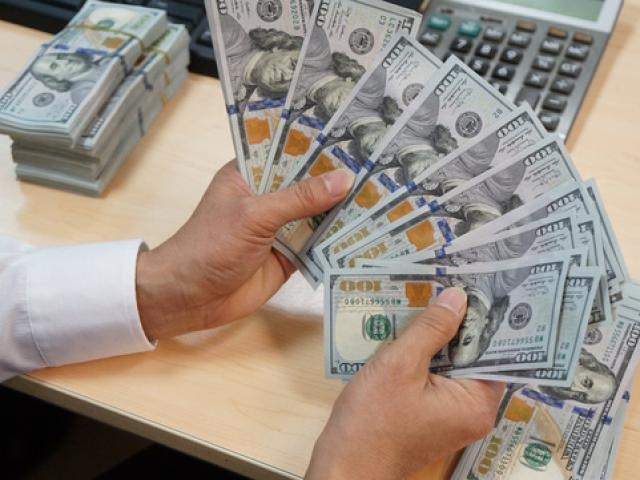Four key elements to US dollar’s balance
In some ways we can look at the valuation of the dollar as something of a balancing act.

The US offers better prospects for growth, or better returns on its assets, than its peers
>> How will the US dollar be affected by foreign loans?
The US routinely seems to offer better returns than its peers, whether this be the rate of economic growth, the level of interest rates, or stock market returns. This is often referred to as US "exceptionalism". But, in some senses, it needs to offer higher returns or be exceptional because the US has huge external deficits and is therefore beholden to overseas investors to maintain their faith in the US. Right now, the dollar seems quite balanced, as it is not moving very much. But, in time, this balance will likely shift one way or the other, and knowing which way the scales will tip is key to forecasting how the dollar will move.
Mr. Steve Barrow, Head of Standard Bank G10 Strategy, said there would be four key elements to this balancing act. The first is simply the degree to which the US offers better prospects for growth, or better returns on its assets, than its peers such as the euro zone, Japan, or China. The prospect of better growth/returns should lift the US dollar, all else being equal. But, of course, all else is not equal.
The second factor is the size of the US’s need for foreign capital. For instance, the US might offer the prospect of better returns than its peers, but if investors sense that its financing needs are becoming too large, then the dollar may not rise.
The third element is the valuation of these assets, for if they become widely seen as overvalued, then, here too, financing might fall short of what’s required.
A final factor to bear in mind is the global dominance of the dollar. This is down to the fact that the US’s ability to suck in capital is undoubtedly due in large part to the dominant role the dollar plays in global finance. Should this dominance wane, so too could the US’s ability to rely on its ‘exceptionalism’ to keep the dollar strong.
So how are each of these elements looking? On the first, there’s no doubt that US outperformance has been significant. Last year’s GDP growth was faster than that of other G10 nations. This outperformance looks likely to have been more than 1.5% points against an unweighted average of G10 countries and 2% points against the euro zone alone. But private-sector forecasts for 2024 show this outperformance halving, and it disappears altogether in 2025. Now clearly, these forecasts could prove incorrect, but at least on this particular measure, it looks as if the dollar could struggle.
What about the second issue: the size of the US’s financing needs? Mr. Steve Barrow said he could make the case that the outlook for the greenback is not so positive. On the budget, 2024 will be a year of drift, with the country saddled by political paralysis and a huge deficit considering that the economy is at full employment. Another point, at least in terms of dollar/yen is that the likely rise in Japanese policy rates, and cuts in the US, will narrow the differential between treasury yields and JGBs, potentially causing more Japanese investors to keep their money at home.
>> How will a Trump comeback affect the US dollar?
When it comes to the third aspect, valuation, there does seem to be pretty widespread agreement that US equities are relatively expensive. Now, clearly given US exceptionalism, Mr. Steve Barrow expected US assets to be relatively rich much of the time. But he has a sense right now that the assets are particularly expensive and hence a potential risk to the US dollar.
Finally, on US dollar dominance, we do appear to be seeing a decline in dominance, but at a glacial pace and only in certain areas, such as FX reserve holding. It hardly seems to justify a steep fall in the US dollar but, by the same token, global investors might be somewhat concerned this year that the potential return of former president Trump to the White House in November could accelerate any undermining of the US’s dominance.
“While we have barely scratched the surface of this issue, our sense is that this balance in the dollar is more likely to shift towards weakness than strength this year”, said Mr. Steve Barrow.








